Summary
-
Windows 11 25H2 (2025’s update) is now available to all eligible devices — grab it to stay up to date.
…

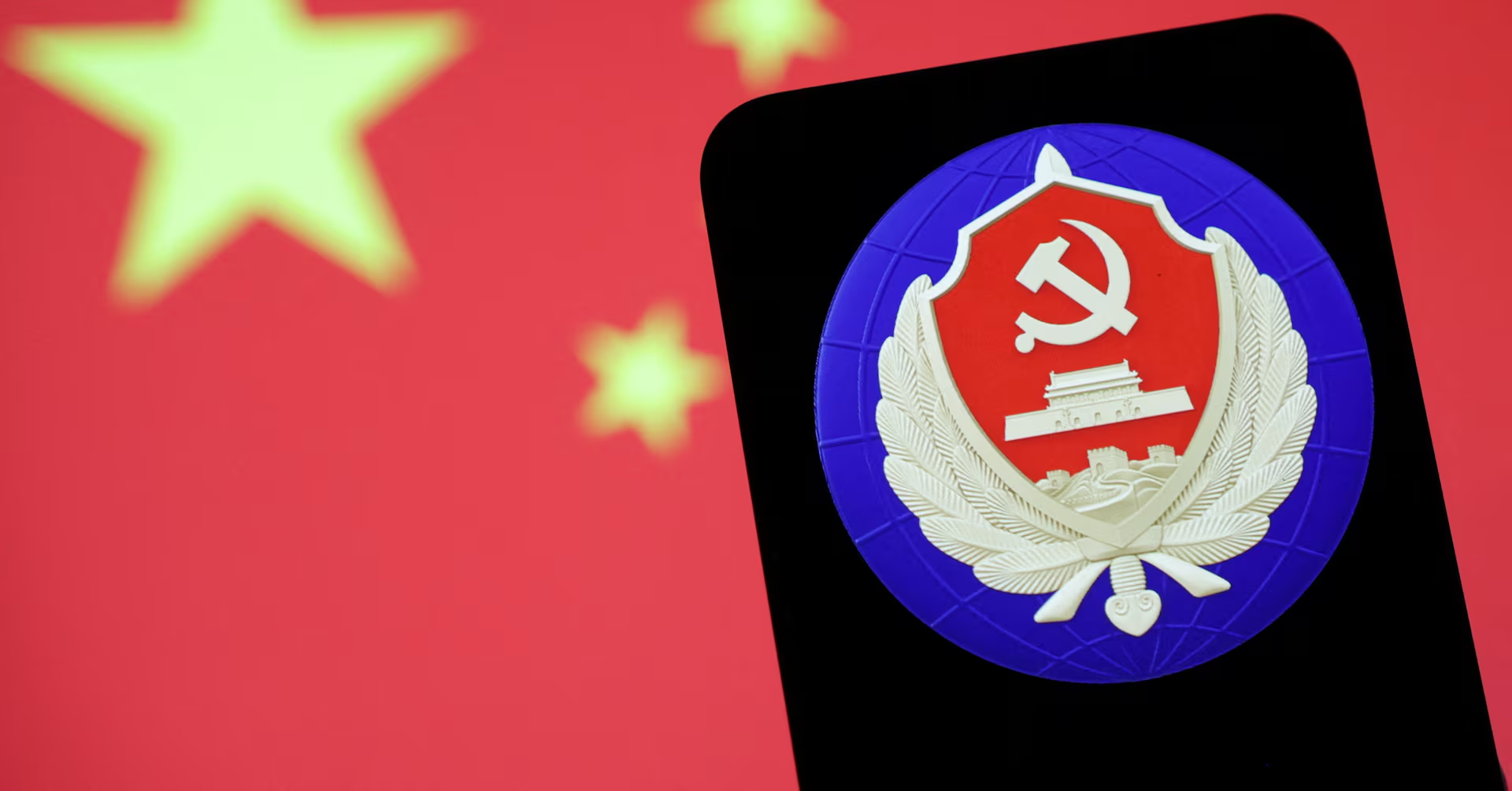
BEIJING, Oct 19 (Reuters) – China has accused the U.S. of stealing secrets and infiltrating the country’s national time centre, warning that serious breaches could have disrupted communication networks, financial systems, the power supply and the international standard time.
The U.S. National Security Agency has been carrying out a cyber attack operation on the National Time Service Center over an extended period of time, China’s State Security Ministry said in a statement on its WeChat account on Sunday.
Sign up here.
The ministry said it found evidence tracing stolen data and credentials as far back as 2022, which were used to spy on the staff’s mobile devices and network systems at the centre.
The U.S. intelligence agency had “exploited a vulnerability” in the messaging service of a foreign smartphone brand to access staff members’ devices in 2022, the ministry said, without naming the brand.
The national time centre is a research institute under the Chinese Academy of Sciences that generates, maintains and broadcasts China’s standard time.
The ministry’s investigation also found that the United States launched attacks on the centre’s internal network systems and attempted to attack the high-precision ground-based timing system in 2023 and 2024.
The U.S. embassy did not immediately respond to a request for comment.
China and the U.S. have increasingly traded accusations of cyberattacks in the past few years, each portraying the other as its primary cyber threat.
Reporting by Liz Lee; Editing by Michael Perry
Our Standards: The Thomson Reuters Trust Principles.

SINGAPORE, Oct 19 — Malnutrition is quietly becoming a growing threat among Singapore’s elderly, with new data showing a sharp rise in undernourished seniors despite the city-state’s abundance of food.
According to The Straits Times,…
At a Glance
At a Glance
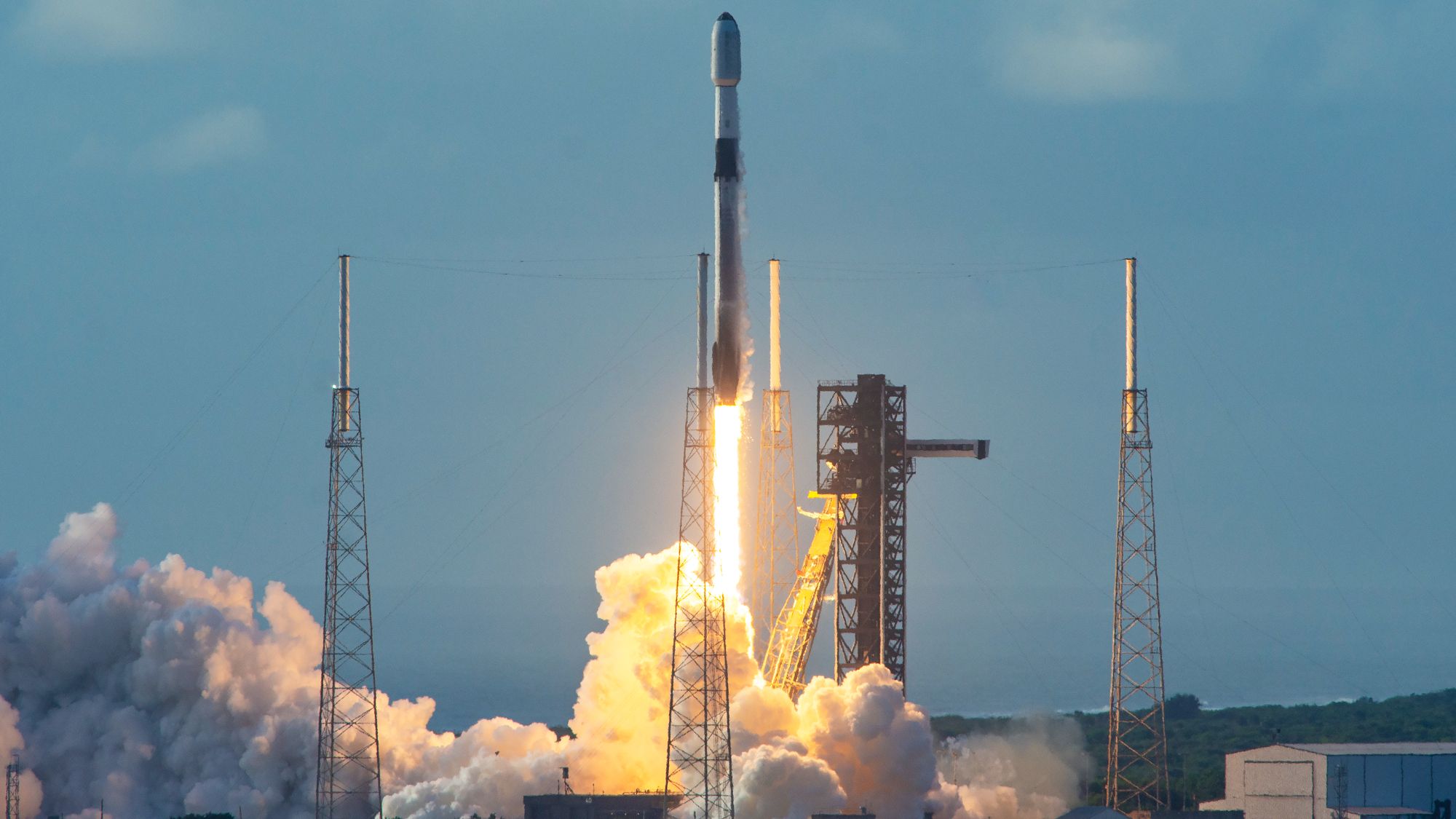
SpaceX will notch two big milestones on a single Falcon 9 launch today (Oct. 19), and you can watch the action live.
A Falcon 9 is scheduled to launch 28 of SpaceX’s Starlink broadband satellites from Florida’s Cape Canaveral Space Force Station…
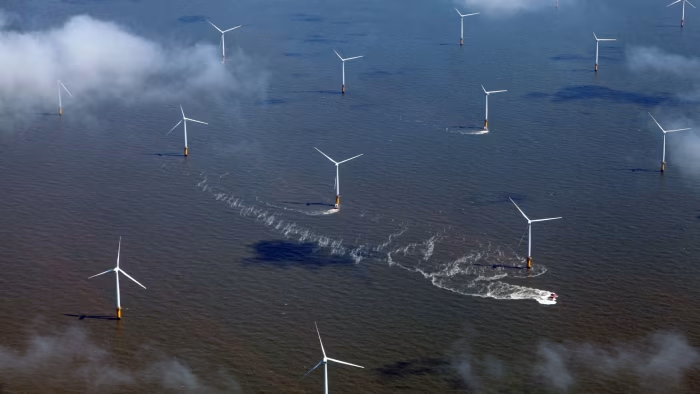
The North Sea boasts some of the world’s best wind speeds for power generation, averaging more than 9 metres a second. But when the German government offered two prime spots to offshore developers this summer, it did not receive a single bid.
The auction’s failure in August marked a stark contrast to two years earlier, when oil companies BP and TotalEnergies agreed to pay a total €12.6bn for the rights to develop two large wind farms in German waters in the North Sea and Baltic Sea.
The industry’s enthusiasm has collapsed as higher interest rates and supply chain strains stretch the business case for projects to breaking point and political support sours in the US, where President Donald Trump has sought to block developments and suspend permits.
“Offshore wind has been going through a challenging time,” said Sven Utermöhlen, head of offshore wind at German energy company RWE, which has frozen its US offshore wind investment plans as it seeks to move away from coal.
“This has been predominately driven by rising costs, but also an overarching political climate where the fight against climate change and the drive for decarbonisation and energy transition has somewhat slowed down and has made space for other priorities.”
Since 2023, 24.1 gigawatts of offshore wind capacity and offtake agreements have been cancelled, according to figures from energy consultancy Wood Mackenzie. One gigawatt can power the equivalent of 1mn UK homes.
Ambitious government targets for the technology appear out of reach, raising questions over the pace of efforts to shift away from fossil fuels and reduce the world’s carbon dioxide emissions.
Wood Mackenzie estimates that outside of China, roughly 100GW of installed capacity could be up and running by 2030 — 140GW short of global targets for total installed capacity that year.
The industry’s struggles come after rapid growth in the rock-bottom interest rate environment of the 2010s and early 2020s, with installed capacity growing from about 3GW in 2010 to 78.5GW by the end of last year, about half of which is in China. Meanwhile, developers competing for new seabed projects and government contracts squeezed supply chains to push down costs.
Those dynamics have shifted since the coronavirus pandemic, as interest rates surged and companies in an overstretched supply chain pushed back. Analysts at TGS 4C say the industry’s capital expenditure has climbed to €3mn per megawatt, up from €2.5mn in 2022.
Projects have been cancelled or their valuations have dropped, while developers have shunned government offshore wind auctions from the Netherlands and Denmark to India. At the same time, oil companies have doubled down on fossil fuels.
Denmark’s Ørsted, the world’s largest offshore wind developer, has had to raise an extra $9bn from investors and this month said it would cut a quarter of its 8,000-strong workforce. London-headquartered Corio Generation, backed by Macquarie, has cut jobs, while Spanish developer BlueFloat Energy has quit the market.
The industry’s troubles contrast with the breakneck growth of solar power, which the International Energy Agency expects to account for 80 per cent of the projected addition of 4,600GW in global renewables capacity this decade, fuelled by falling costs and relatively straightforward permitting.
The offshore wind industry’s future hinges on the extent to which governments, utilities and corporate customers support the higher costs, helping to provide the industry and supply chain with the certainty it needs to invest.
“The central sticking point is how to distribute costs and risks between developers and taxpayers,” analysts at TGS 4C said in a recent report.

Denmark and Germany have both decided to offer support in the form of government-backed contracts-for-difference, to try to avoid repeats of failed auctions.
Under the contracts, pioneered in the UK, developers are guaranteed a fixed price for electricity but have to pay back the difference if the wholesale price they can sell electricity for is higher.
Many developers see such contracts as the best way to develop offshore wind given the stability they provide. Søren Lassen, head of wind at Wood Mackenzie said: “You’re really looking at the CFD as the option if you want to deliver renewables at the scale that the governments are still projecting.”
Vietnam is also introducing the contracts as it tries to get its offshore wind industry off the ground. It is part of a push in Asia, including in the Philippines and South Korea, which along with some tempering of interest rates and other costs has boosted optimism in the sector.
“I am encouraged,” said Ben Backwell, chief executive of the Global Wind Energy Council trade group. “We have got over a lot of the humps we were facing.”
Rasmus Errboe, the chief executive of Ørsted, who has warned of the risk of a “downward spiral” in the industry, this month said he remained “bullish” about its future.
The IEA also this month downgraded its growth outlook for offshore wind from 212GW to 140GW by 2030. But the reduced pace would still be more than double that of the previous five years.
Industry advisers and executives are hopeful the shakeout of projects and failed auctions has put the industry on a more sustainable footing, by weeding out bad market mechanisms and undisciplined players.

“Bad auction designs are disappearing because there’s no optimism that would make people tolerate them,” said Jérôme Guillet, director at boutique advisory firm Snow. “People that actually want to do offshore wind will do offshore wind now and it makes sense in some countries with the new stabilised current project economics.”
Political support, however, is increasingly fragile.
In Britain, the world’s second-largest offshore wind market, the decision to raise the maximum prices in an upcoming CfD auction to fend off a repeat of a failed auction in 2023 has prompted criticism from the government’s opponents. Insurgent rightwing party Reform, which is leading in the polls, has warned that it could “strike down” the contracts. The speed of obtaining permits and grid connections also remains a challenge.
Meanwhile, the prospects for the industry in the US have taken a nosedive under Trump, who has described wind as the “worst form” of energy and frozen seabed leasing for offshore developments.
His government in April ordered Norway’s Equinor to stop work on its Empire Wind project off the coast of New York, before allowing it to go ahead in May. In August, it ordered Ørsted to stop work on its Revolution Wind project, although a judge has persuaded the court to lift the order for now.
Leading turbine manufacturers such as Spain-based Siemens Gamesa and Denmark’s Vestas are investing in new capacity. But TGS warns that there is still likely to be a shortfall unless Chinese manufacturers expand further into global markets.
Trade disputes and geopolitical concerns could get in the way of that. Europe is investigating whether China’s wind turbine makers are receiving unfair subsidies, while Chris Wright, the US energy secretary, has urged countries to buy less technology from China, telling reporters recently that “the goal of the US and our allies is to reduce our dependence on imports from China”.
Nonetheless, RWE’s Utermöhlen argues that factors in the sector’s favour, such as its ability to supply homegrown power during more hours of the day than solar, and from father away from people’s homes, will continue to propel the industry.
“The fundamentals are intact,” he said, but the industry needed “to get to a sustainable growth path” where supply and demand were balanced. “That will mean the growth trajectory is less steep than it was envisaged but that would be sustainable.”

Where climate change meets business, markets and politics. Explore the FT’s coverage here.
Are you curious about the FT’s environmental sustainability commitments? Find out more about our science-based targets here
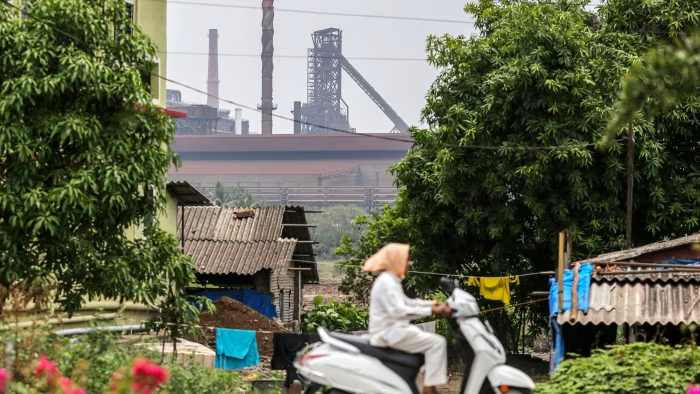
Stay informed with free updates
Simply sign up to the Indian business & finance myFT Digest — delivered directly to your inbox.
India’s “shoestring” research and development budgets leave it dependent on strategic rival China for the technology it needs to boost manufacturing, said steel billionaire Sajjan Jindal as he prepares to launch an electric vehicle brand.
The 65-year-old chair of JSW Group, which owns India’s largest steelmaker, said his company was in talks with several Chinese manufacturers, including BYD and Geely, to bring technology to India in preparation for an EV launch by June next year.
“The technology rests in China. Even Europe is taking the technology from China,” Jindal told the Financial Times. “China has taken a huge leap versus the European auto companies, so we don’t have any option.”
Indian Prime Minister Narendra Modi has sought to boost domestic manufacturing, with a focus on EVs, smartphones and semiconductors. His government has offered corporate tax incentives and consumer subsidies.
The risks of India’s reliance on China were made stark in 2020, when the nuclear-armed neighbours reignited a decades-long dispute along their Himalayan border and Beijing “started to clamp down on sharing technology with India”, said Jindal.
New Delhi in turn increased scrutiny of Chinese investments, denied most visas and blocked partnerships with manufacturers, including BYD.
While ties have begun to improve and Modi made his first visit to China since 2019 in August, New Delhi remains sceptical of Chinese technology and investment. It also wants to gain some of the business stemming from western companies trying to diversify their supply chains away from China.
However, Indian companies, including JSW, are not investing enough in R&D because they are focused on building up their capacity, said Jindal. India spends just 0.66 per cent of its GDP on R&D, compared with China’s 2.4 per cent and 3.5 per cent for the US.
“The government is trying to encourage the domestic industry, but it’s also shoestring budgets,” he said.
JSW, which has interests in ports, cement, energy and defence, entered the EV sector in 2023, producing MG Motor-branded cars as part of a joint venture with Chinese state-owned SAIC Motor.
The Chinese company is now looking to reduce its stake, said Jindal. The joint venture needs “more cash to be injected” but SAIC is “reluctant”, he said, adding that JSW would infuse more capital.
“I told the [SAIC] chairman . . . we want to own a 100 per cent stake in a new venture where we will do a lot of innovation ourselves,” he said, but SAIC wants “everything to be developed in China and then to be produced in India”.
SAIC did not respond to a request for comment.
Batteries — a core component of EVs — are one of the biggest hurdles. India mostly imports cells from China, Japan and South Korea, and domestic production is forecast to meet just 13 per cent of the country’s EV battery cell demand by 2030, according to S&P Global Mobility.
“Eventually our goal is to manufacture, design and develop the technology in India,” said Jindal, but until then they would have to use Chinese technology.
China on Wednesday said it had filed a complaint with the World Trade Organization over India’s EV and battery subsidies, arguing that they “give Indian industry an unfair competitive advantage and harm Chinese interests”.
JSW Groups made $23bn in revenue in the fiscal year to March 2025, of which steel accounted for $19bn. The EV joint venture, which is privately held, last reported revenue of less than $1bn in the fiscal year to March 2024.
JSW Steel on Friday reported a Rs16.2bn ($185mn) net profit in the quarter to September, jumping almost fourfold from the same period a year earlier.
Jindal expressed optimism that ties with China would continue to improve, especially after President Donald Trump’s 50 per cent tariffs on India showed the risks of a trade relationship with the US.
“Either bullets will talk or business will talk,” he said of India-China relations. “Both cannot talk simultaneously.”
Additional reporting by Gloria Li in Hong Kong
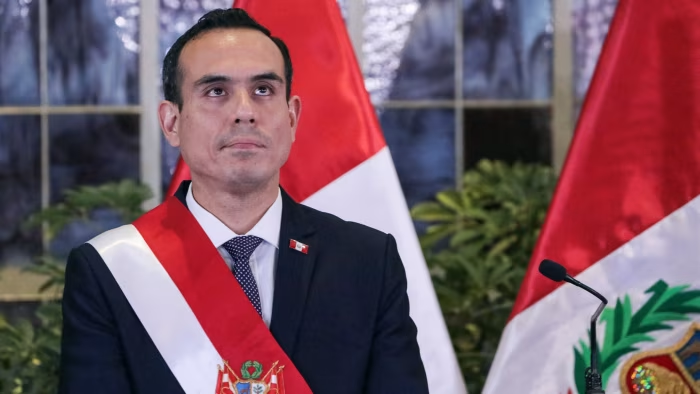
Less than a week after José Jerí was sworn in as Peru’s eighth president in less than a decade, public discontent over a wave of violent extortion rackets was already threatening his ability to lead the country into elections next year.
Jerí,…